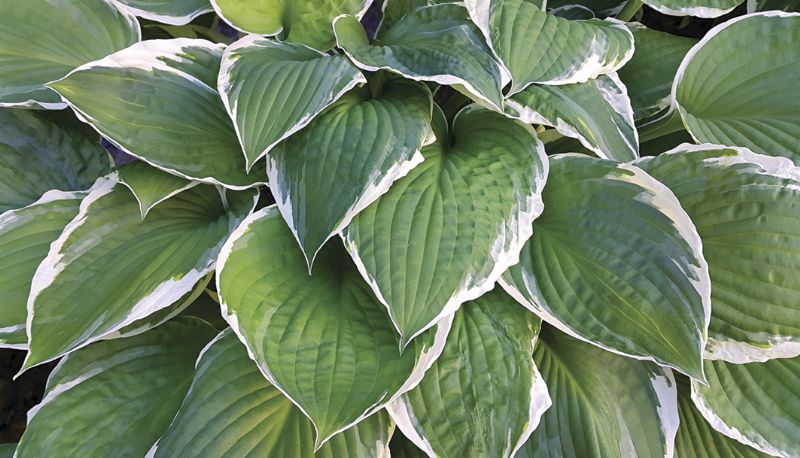- Home
- News, Articles & Reviews
We are hiring! Please click here to join our growing magazine delivery team in Gloucestershire!
Areas
Homes & Gardens
Archive

Organising your garden plants
All Areas > Homes & Gardens > In the Garden
Author: Julia Smith, Posted: Monday, 24th February 2020, 09:00
March is always an exciting time in Gloucestershire with the racing buzz in the air!
The daffodils are at their best on the roundabouts and verges to welcome the punters and the weather can be beautiful – we have sat outside a pub in the town at 10 o’clock at night after the races in our short sleeves! On the other hand, there has also been snow at race week, so who knows what will happen this year. Fingers crossed for sunshine!
Bright and fiery reds and yellows
Now is the time to hard-prune the stems of willows and dogwoods that have been wonderful and bright during the winter with their fiery reds and yellows. Species grown for their colourful stems include Cornus alba, C. sanguinea and C. sericea (all dogwoods) and the willows (salix) include Salix alba and S. irrorata.
Cut back to two or three buds from the base of the shrub. This very old technique is called ‘coppicing’ or ‘stooling’ and will provide lots of fresh new shoots and colour for the next winter. This can be done every year, or every two years depending on how you want the shrub to grow.
March is also a good time to divide Hostas if they are getting too big. Dig them up and slice them into sections, making sure each has some shoots at the top. Replant them, enriching the soil with some compost and bone meal. If you have too many bits to plant in your garden, pot them up and give to a friend – after all, that is one of the greatest pleasures in being a gardener!
Agapanthus rarely need dividing – probably only every five years or so when they start flowering less than before. If this is the case with yours, divide them now, cutting through congested clumps with a sharp spade and replanting in nice free-draining soil. They will take a year to recover properly so don’t panic if they don’t flower in the first season.
Promoting conservation of Alpine plants
March and April are the main repotting times for Alpine plants. If you are interested in Alpines it is worth visiting the Alpine Garden Society garden at Avon Bank in Pershore, which is a non-profit organisation whose aim is to promote the conservation and cultivation of Alpine plants and their habitats.Other Images
Copyright © 2025 The Local Answer Limited.
Unauthorized use and/or duplication of this material without express and written permission from this site's author and/or owner is strictly prohibited. Excerpts and links may be used, provided that full and clear credit is given to The Local Answer Limited and thelocalanswer.co.uk with appropriate and specific direction to the original content.More articles you may be interested in...


© 2025 The Local Answer Limited - Registered in England and Wales - Company No. 06929408
Unit H, Churchill Industrial Estate, Churchill Road, Leckhampton, Cheltenham, GL53 7EG - VAT Registration No. 975613000You are leaving the TLA website...
You are now leaving the TLA website and are going to a website that is not operated by us. The Local Answer are not responsible for the content or availability of linked sites, and cannot accept liability if the linked site has been compromised and contains unsuitable images or other content. If you wish to proceed, please click the "Continue" button below:




